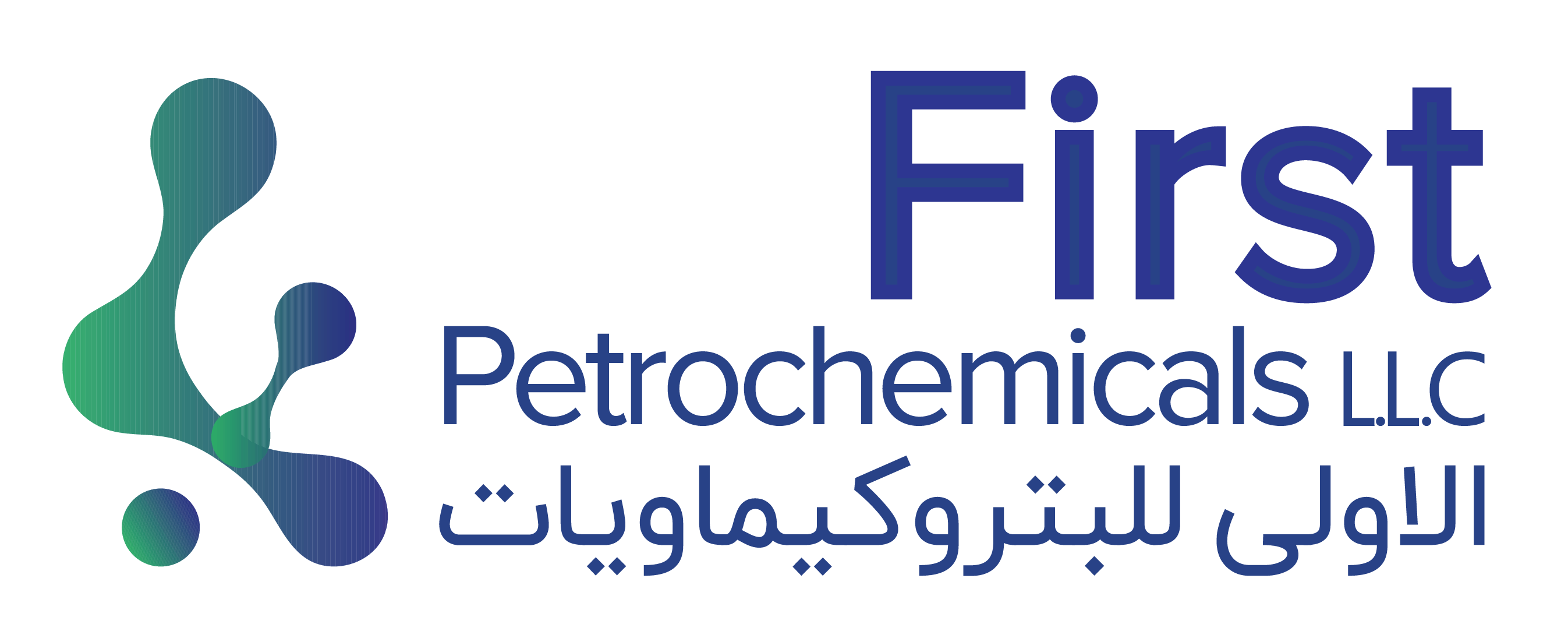


Reverse Osmosis (RO) is a separation technique that is suitable for a wide range of applications, especially when salt and/or dissolved solids need to be removed from a solution. Accordingly, RO can be used for seawater and brackish water desalination, to produce both water for industrial application, and drinking water. It can also be applied for the production of ultrapure water (e.g. semiconductor, pharmaceutical industries) and boiler feed water. In addition, RO membrane systems are used for wastewater and water reuse treatments.
These systems can remove virtually all cysts, bacteria, viruses, and humid materials. They provide excellent protection from DBP formation if the disinfectant residual is added after the membrane filtration step. Because NF membranes also remove alkalinity, the product water can be corrosive, and measures, such as blending raw water and product water or adding alkalinity, may be needed to reduce corrosively. NF also removes hardness from water, which accounts for NF membranes sometimes being called “softening membranes.” Hard water treated by NF will need pretreatment to avoid precipitation of hardness ions on the membrane. However, more energy is required for NF than MF or UF.
The use of ceramics (compared to polymers) offers a narrow pore size distribution exactly matching the components to be separated, resistance against aggressive chemicals, high temperatures, a high and constant flux and a long service life. Ceramic carriers are an ideal base for membranes and micro-filtration applications in the chemical, pharmaceutical and food industry as well as in water and wastewater processing. Ceramic membranes bring the porosity expected for microfiltration/ ultrafiltration (MF/UF) separation along with the added features of a durable material with high chemical, temperature and pressure tolerance. Ceramic membranes offer proven lifecycles up to 20 years or more and are used in potable water treatment, food and dairy industry, chemical industry and waste water treatment applications. In addition, there are a number of liquid separations that have very demanding conditions, and within those realms, ceramic membranes are being used extensively.
In wastewater treatment processes aeration introduces air into a liquid, providing an aerobic environment for microbial degradation of organic matter. The purpose of aeration is two-fold: 1) to supply the required oxygen to the metabolizing microorganisms and 2) to provide mixing so that the microorganisms come into intimate contact with the dissolved and suspended organic matter. The two most common aeration systems are subsurface and mechanical. In a subsurface system, air is introduced by diffusers or other devices submerged in the wastewater. A mechanical system agitates the wastewater by various means (e.g., propellers, blades, or brushes) to introduce air from the atmosphere.
Activated carbon is used in a wide range of industrial applications, including gas and air cleaning involving traditional reusable substance recovery applications. Heightened environmental awareness and the enactment of strict emissions guidelines have led to the development of new applications, most notably in the area of air pollutant removal. Activated carbon is also being used to an increasing extent in the treatment of water, including drinking water, groundwater, service water and waste water. Its primary role in this context is to adsorb dissolved organic impurities and to eliminate substances affecting odor, taste and color in halogenated hydrocarbons and other organic pollutants.


